Overall advice
If you want to use Microsoft Word to write your thesis, you had better know how to operate Word’s styles settings, which can help save you adjusting sentences one by one.
If you use LaTeX to render your thesis, the benefit is that most formats are well defined and you can focus on the content. However, you need to spend effort on learning LaTeX syntax and being familiar with used packages. Unlike MS Word, which has a built-in grammar and spell checker, most LaTeX editors don’t have those. Thus, you should install a writing assistant tool such as Grammarly, which supports LaTeX files even for the free edition. Grammarly will give you many hints of possible typos and grammatically mistakes. If you use Overleaf to edit your LaTeX file, Overleaf has a built-in writing assistant tool Writefull, which is similar to Grammarly. If you prefer Grammarly, here is the instruction to use Grammarly on Overleaf.
Checklist
1 Inconsistency
1.1 Inconsistent indentation

Advice: Paragraphs at the same level should have the same indentation.
1.2 Inconsistent font size

The (Luo et al., 2020) is smaller than other words.
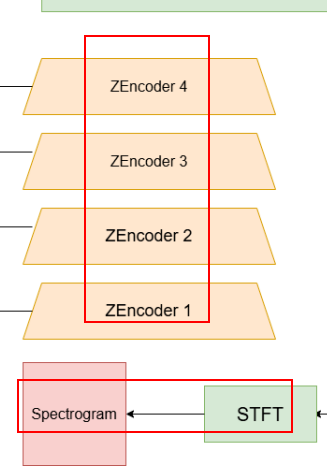
1.3 Inconsistent fullwidth and halfwidth characters
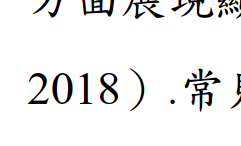
This is a Chinese sentence and every character is fullwidth, but the ending period becomes halfwidth.

The first pair of parentheses is fullwidth, but the second is halfwidth.
1.4 Inconsistent language

The table of content is in Chinese, but the term References is in English.
Advice: Change Reference to 參考資料.
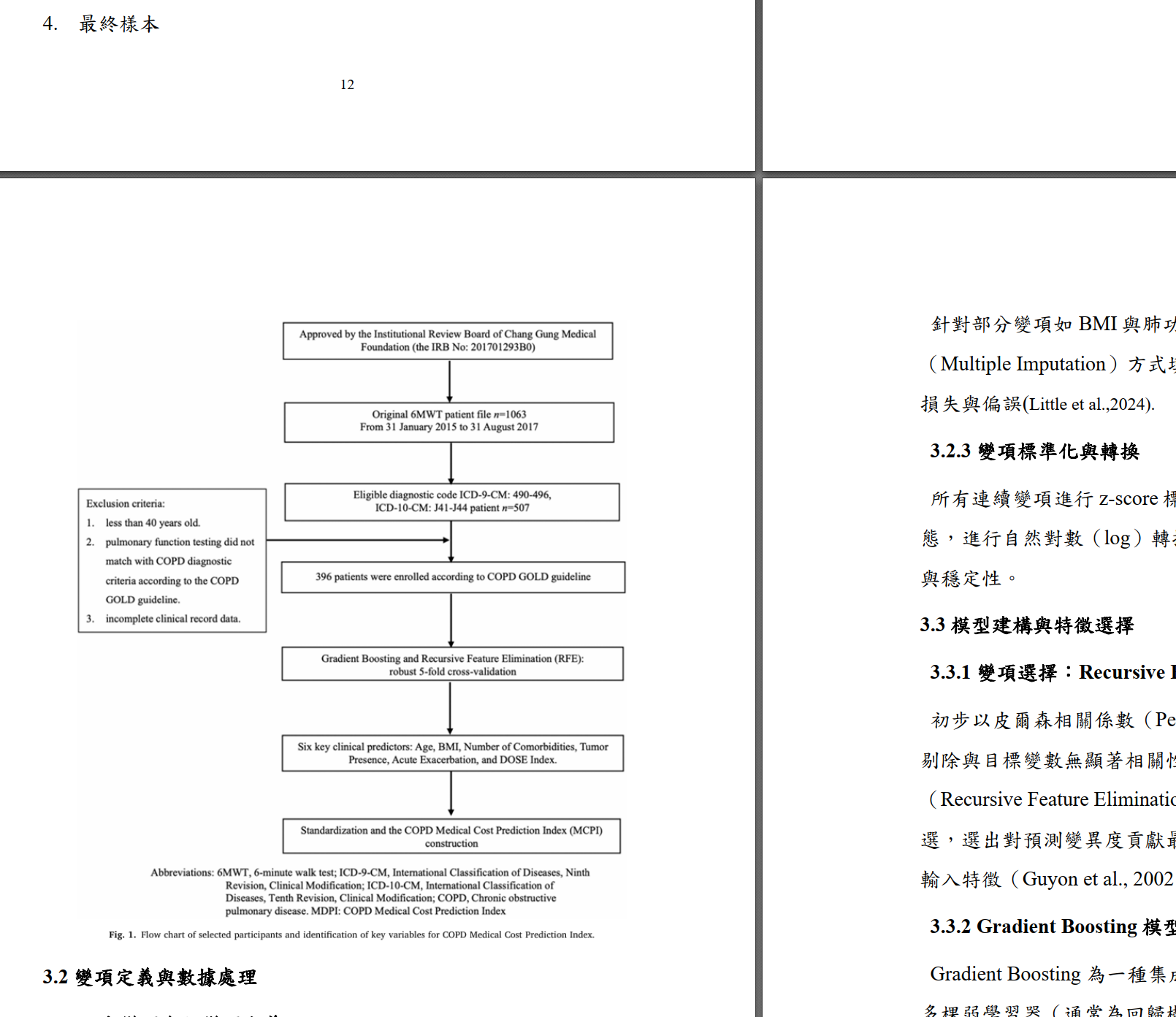
The thesis is written in Chinese, but the flow chart is written in English.
Advice: Redraw the flow chart.
1.5 Inconsistent reading direction
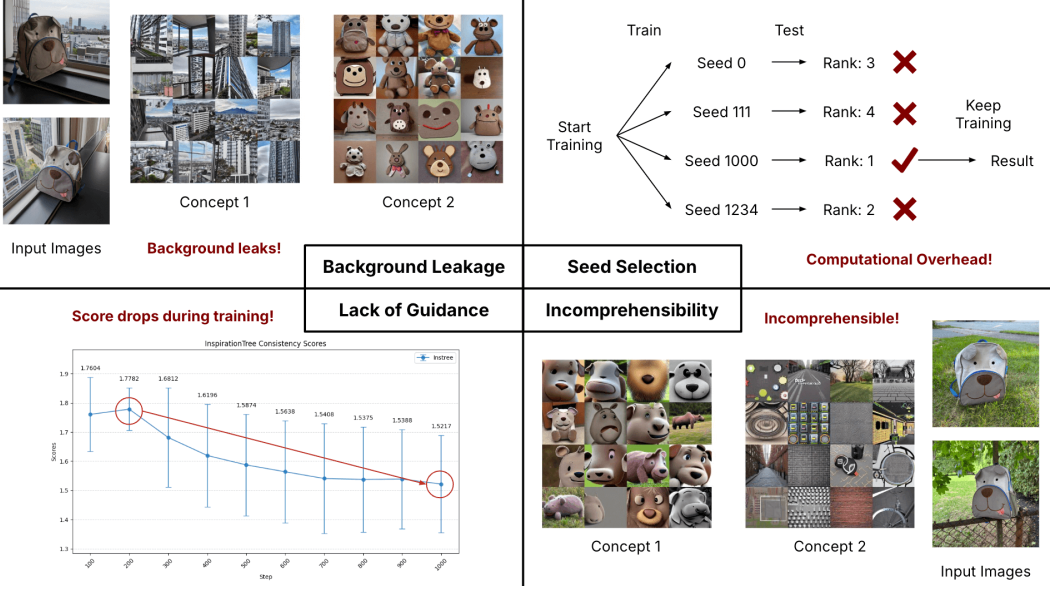
The bottom-right region needs to be read from right to left, which is inconsistent with the other three regions in this figure.
Revised:
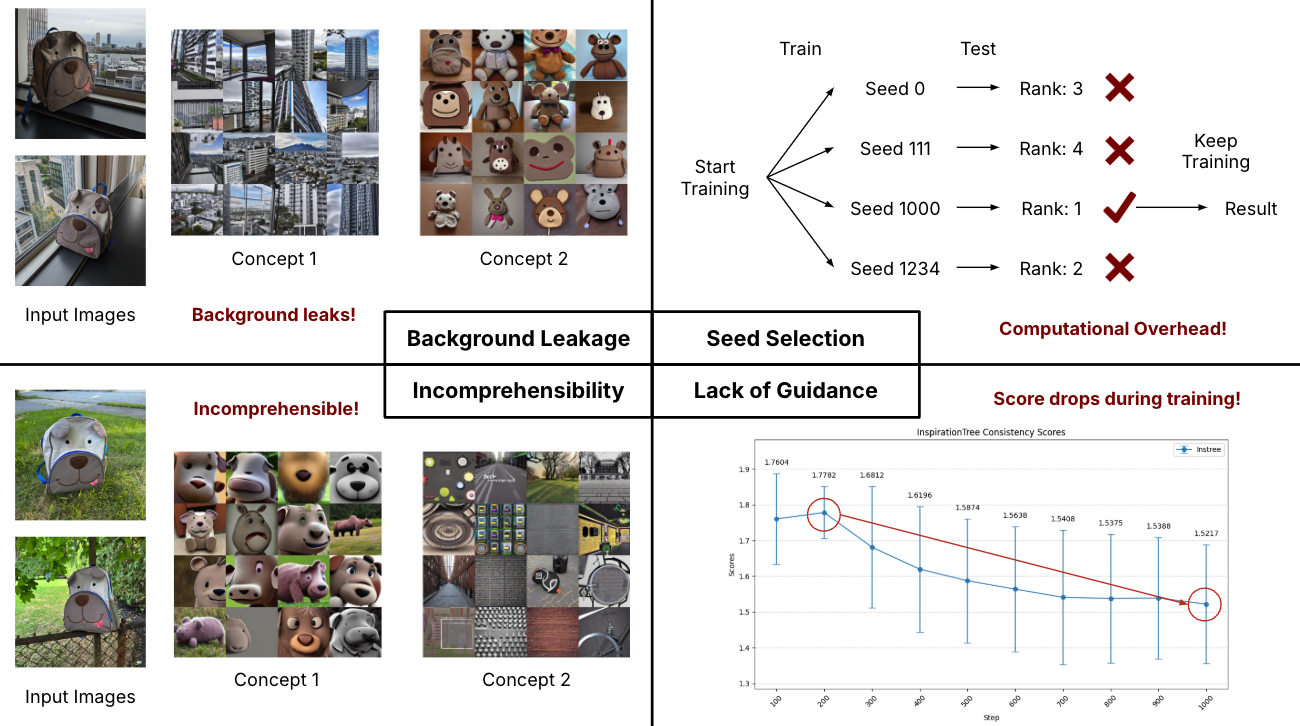
1.6 Inconsistent blank

There is a missing blank between 3.8 and 倫理.
1.7 Inconsistent font

The fonts of 2.5 and 1. 2. are different.
Advice: Unless you want to emphasize something different, use the same font.
1.8 Inconsistent numbering format
1.8.1 Number format


The two paragraphs are consecutive, but their numbering formats are different.
Advice: Make them consistent.
1.8.2 Arabic and Roman numerals
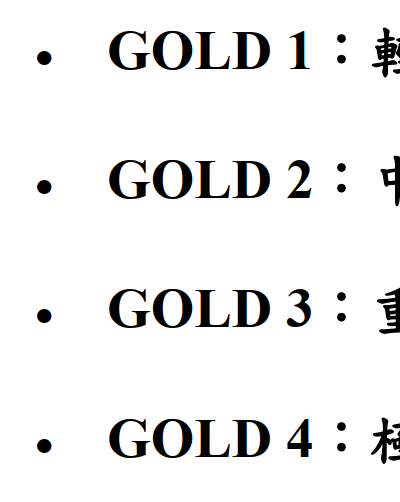
![]()
It is inconsistent for GOLD 1 2 3 4 and GOLD II III.
1.8.3 Chinese and Arabic numerals

It is better to use the Chinese number 六 rather than the Arabic number 6.
1.8.4 New line format
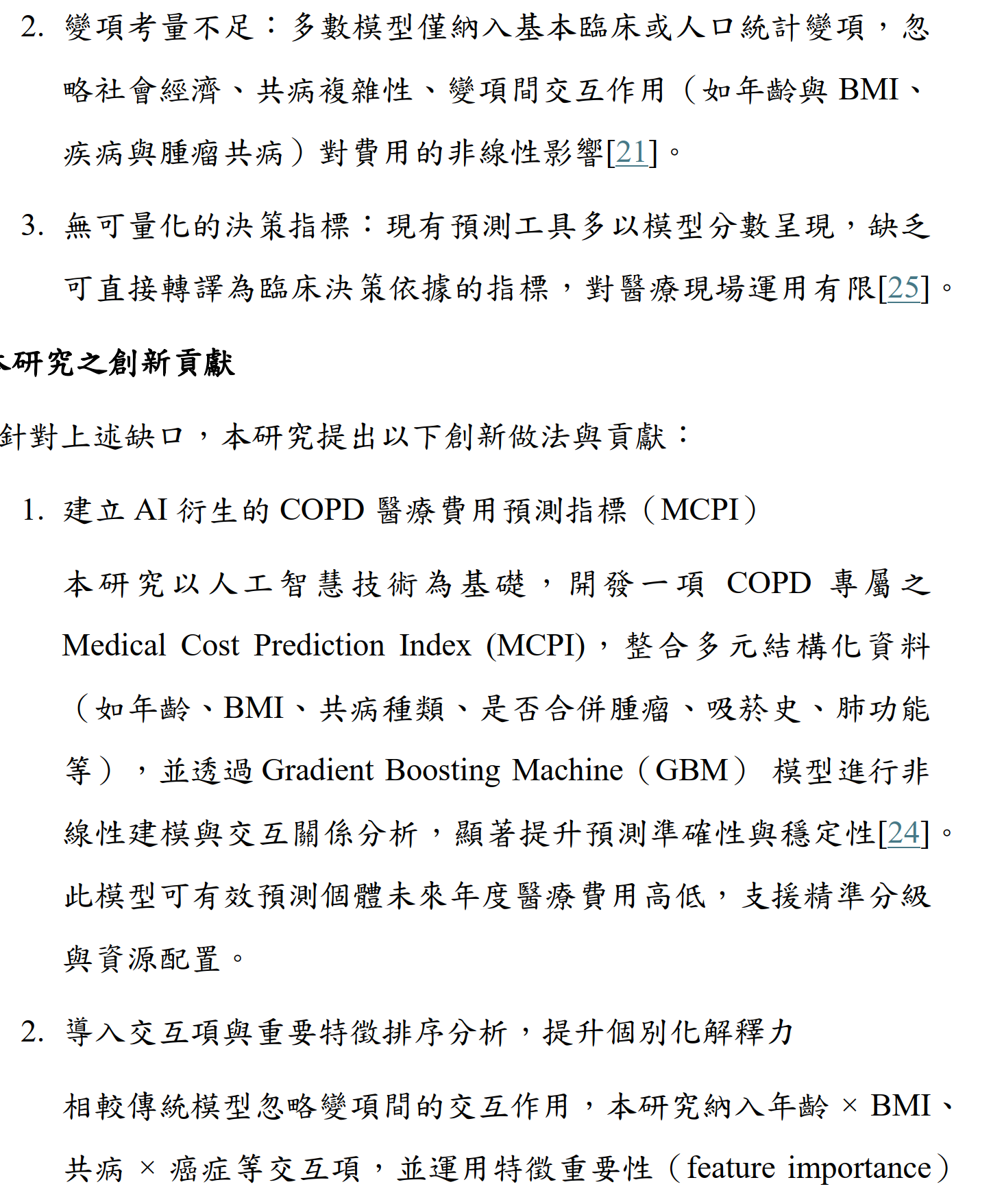 The first set is a colon without a new line, and the second set is no colon with a new line.
The first set is a colon without a new line, and the second set is no colon with a new line.
1.9 Inconsistent case
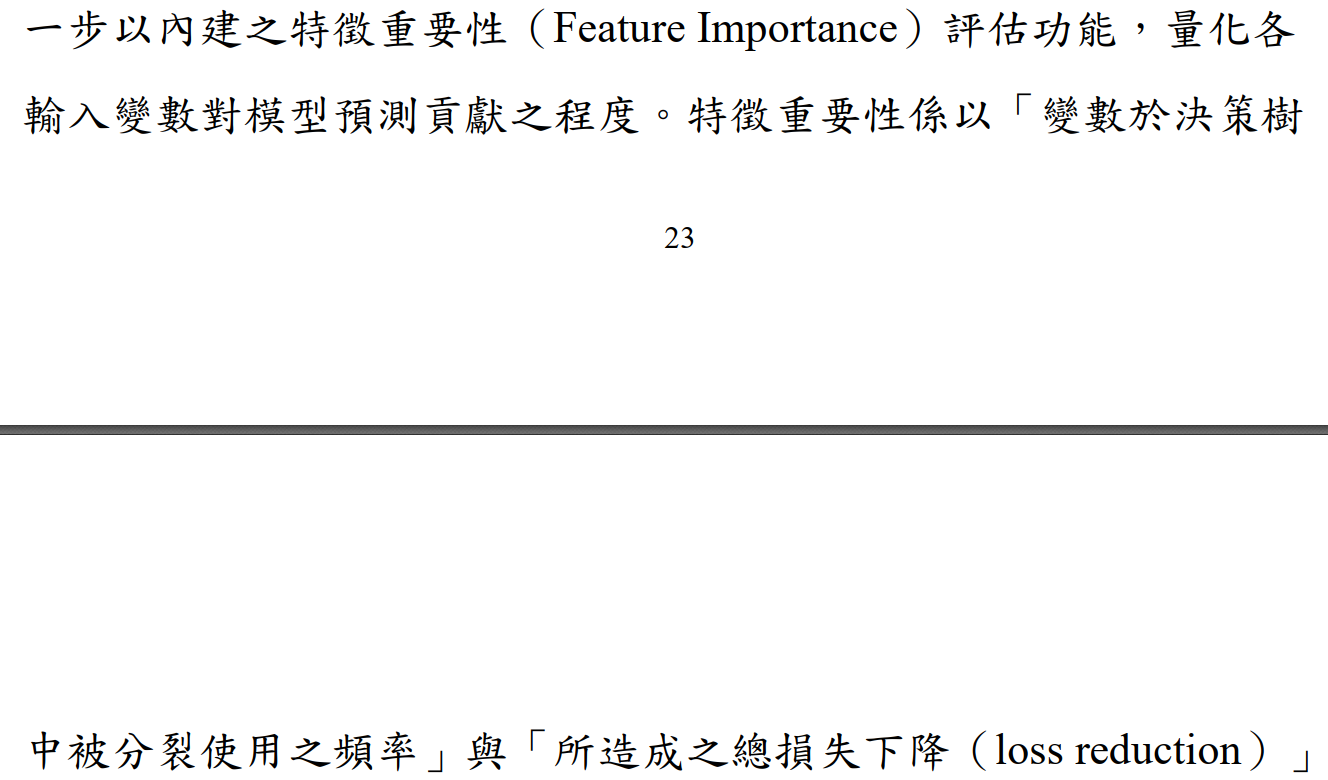
“Feature Importance” is each word capitalized, but “loss reduction” is in lowercase.


2.1 is each word capitalized, but 2.5 is first word capitalized.
1.10 Inconsistent underline

One DOI is underlined, but another is not.
1.11 Inconsistent bullet
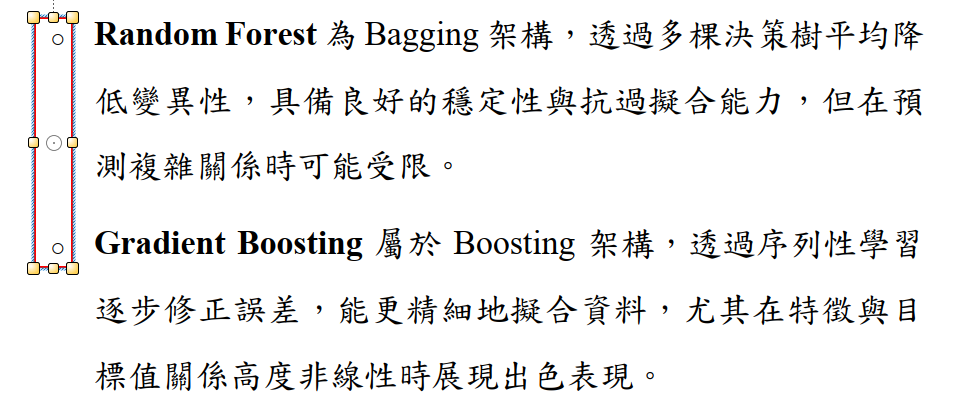
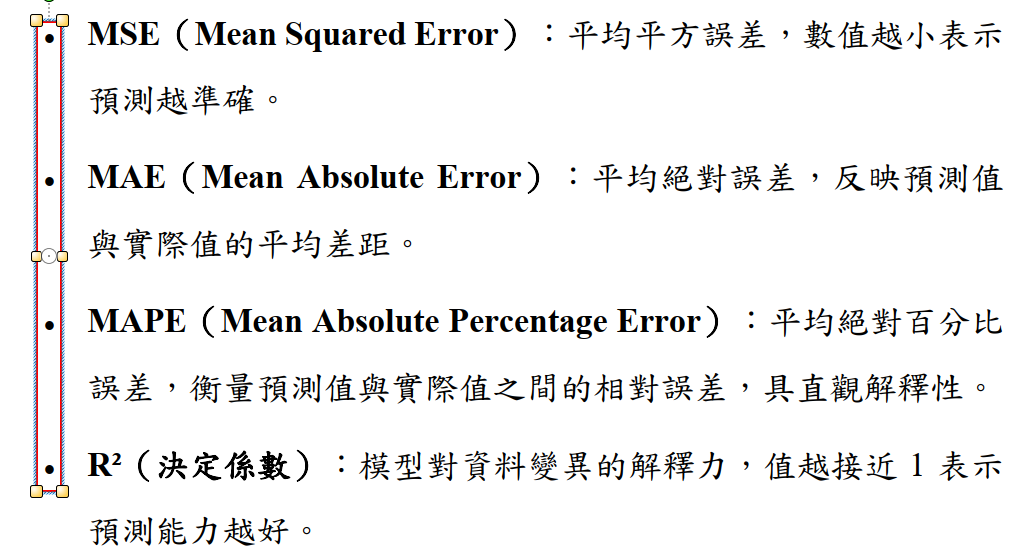
They should be the same.
1.12 Inconsistent bold type
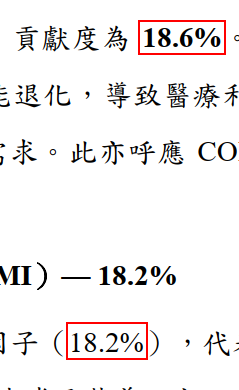
1.13 Inconsistent line space

Solution:
Disable the “Snap to grid when document grid is defined”
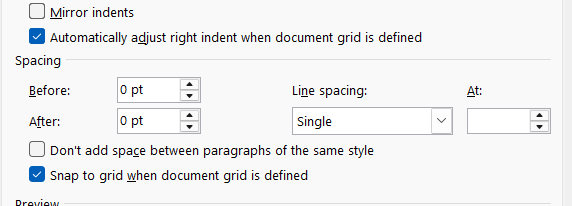
2 Format
2.1 Wrong alignment setting




Advice: Use justified rather than align left.

Advice: Use justified rather than align center.
2.2 Improper indentation

The indentation here is too small. A proper indentation is 2 characters for Chinese sentences.
2.3 Forget to explain an acronym

Here DALYs and DALY are used, but its full name is missing.
Advice: Change to (DALY: Disability-Adjusted Life Year)
2.4 Unreasonable bold type
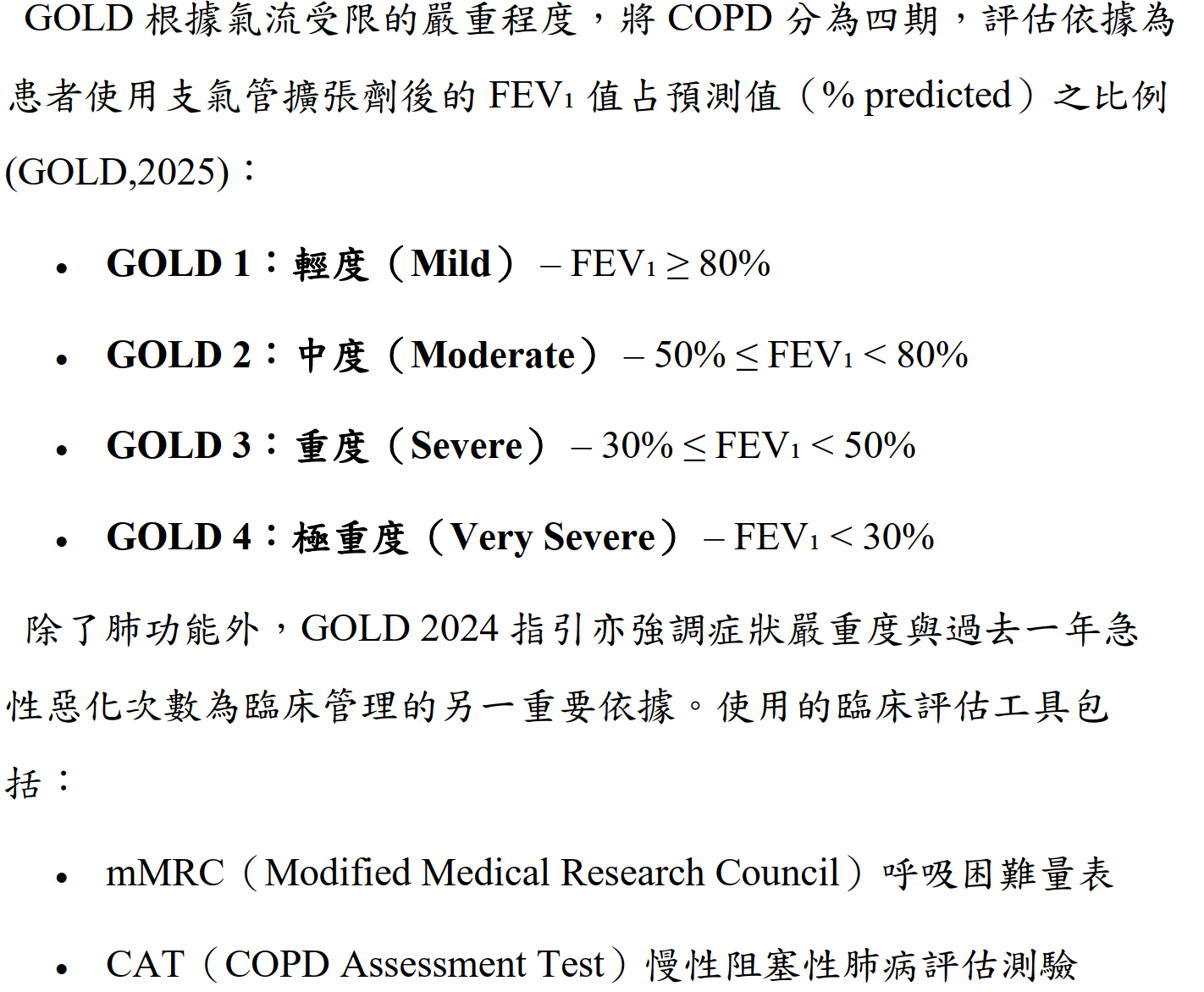

I have no idea why some characters are suddenly in bold type.
Advice: Remove their bold setting.
2.5 Unreasonable large number of decimal places
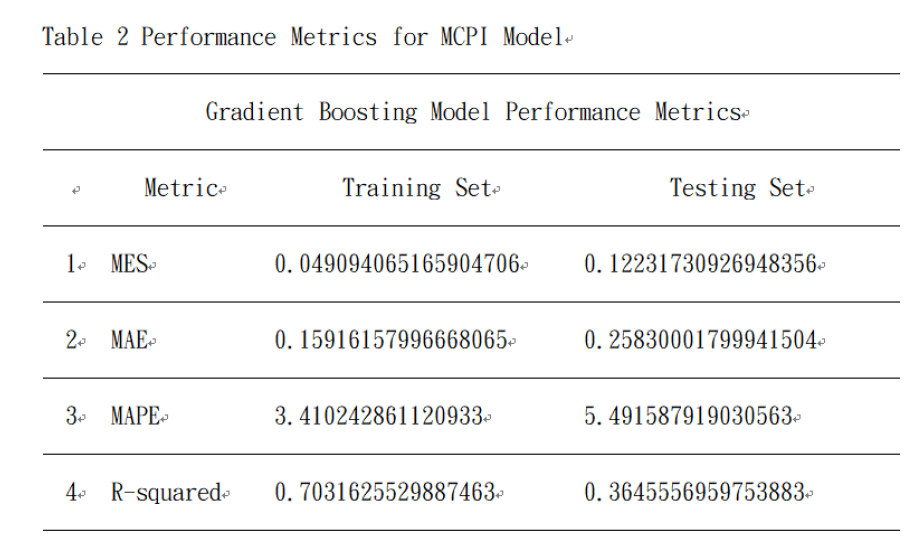
Advice: Make them shorter and consistent.
2.6 Missing parentheses blank

This example shows a wrong format. In English sentences, there are always a blank before the left parenthesis and after the right parenthesis.
2.7 Hanging punctuation
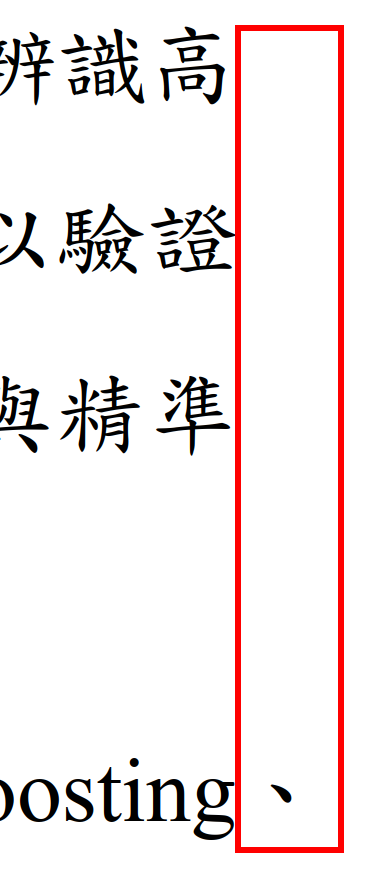
It is caused by the Asian Typography setting in Microsoft Word.
Solution: uncheck the highlighted item in Microsoft Word.
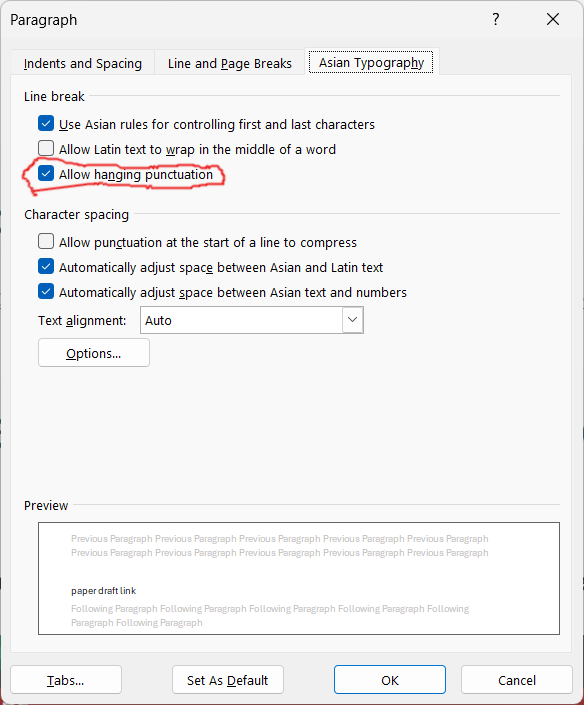
2.8 sentence sticks out
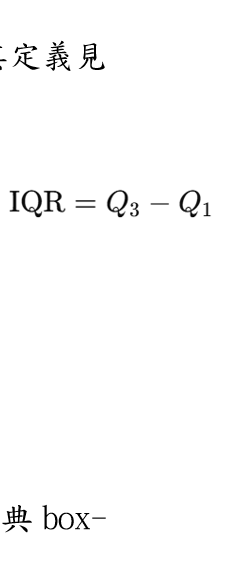
3 References
Don’t just copy Google Scholar or IEEE Xplore .bib files, which should be used as a hint because they are not well organized. You should manually modify every .bib file you use to ensure they are consistently and properly formatted.
This is an example of a well formatted references. Extracted from Luo L, Li J, Lian S, Zeng X, Sun L, Li C, Huang D, Zhang W. Using machine learning approaches to predict high-cost chronic obstructive pulmonary disease patients in China. Health Informatics J. 2020 Sep;26(3):1577-1598. doi: 10.1177/1460458219881335.

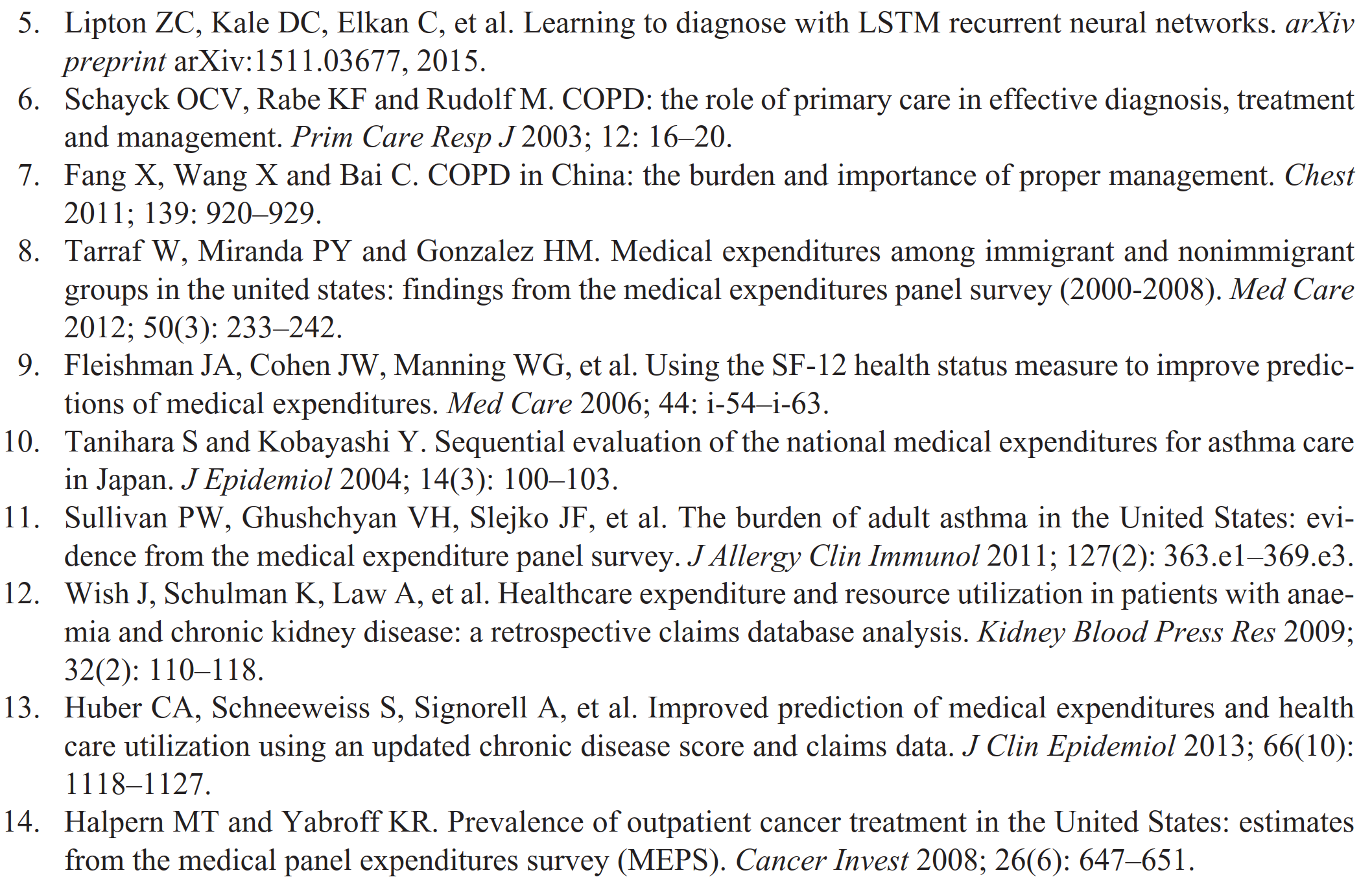
3.1 Wrong expression of the author names



All author names are wrong.
3.2 Double periods

It is impossible to have double periods at the end.
3.3 Wrong case

It is ActivityNet rather than Activitynet. Don’t just export .bib files from a paper portal use them. Those portals do not guarantee those .bib files are 100% correct.
3.4 Missing conference or journal
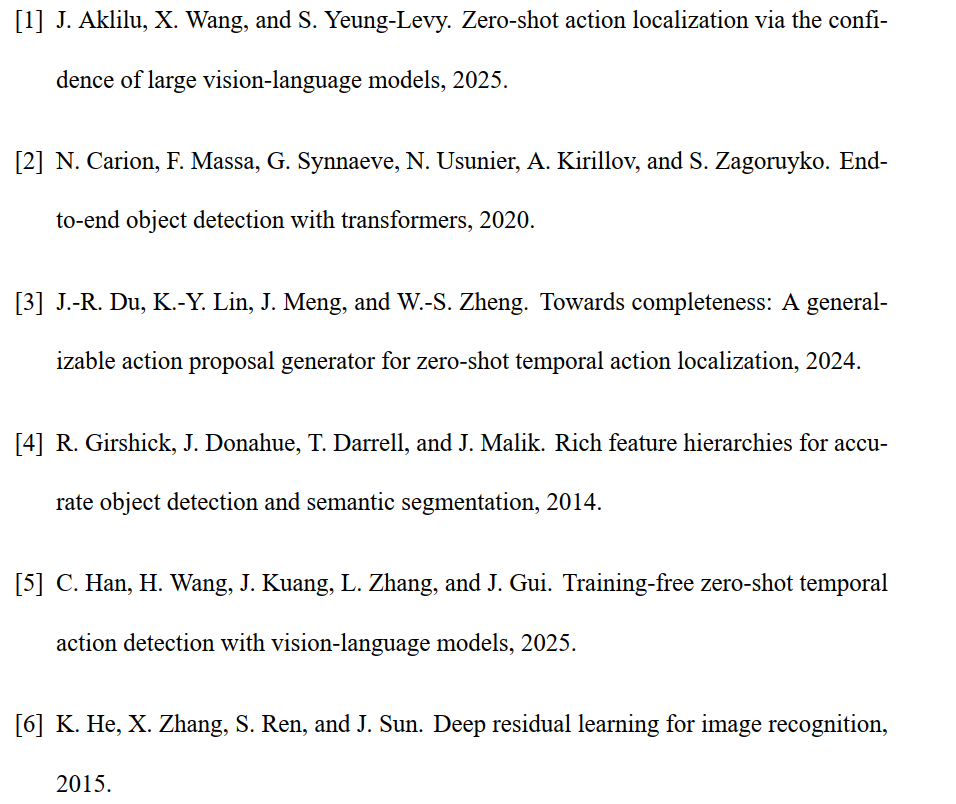
All the 6 items miss their conferences or journals. Don’t just export .bib files from a paper portal use them. Those portals do not guarantee those .bib files are 100% correct. You need to manually check them.
3.5 Wrong conference name

It should be “in Proceedings of European Conference on Computer Vision” rather than “in Computer Vision - ECCV 2006”. The more formal expression is “in Proceedings of the 9th European Conference on Computer Vision”.
3.6 Missing blank before number

This is incorrect. In LaTeX, it is caused by forgetting a tilde ~.
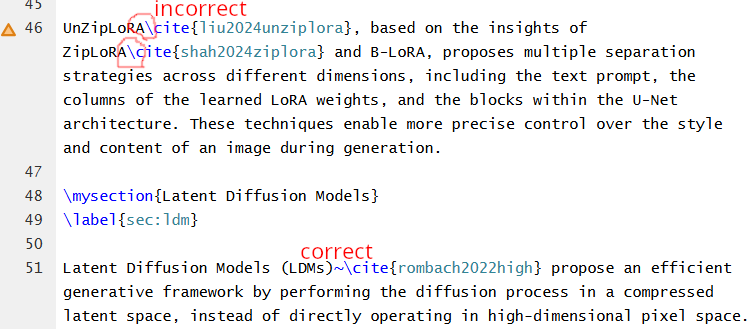
![]()
This is correct.
3.7 Do not use acronyms

Your thesis is a formal document. You should not use the acronym CVPR. Instead, you should use the full proceeding title. “In Proceedings of the IEEE/CVF Conference of Computer Vision and Pattern Recognition.”
4 Acronym
4.1 Incorrect case
![]()
It should be DOSE.

The a should be in lower case because the letter A is not a part of the acronym.
4.2 Incorrect full name location

The full name of GOLD should be shown when the acronym is first used in the thesis.
5 Figure
5.1 Resolution too low
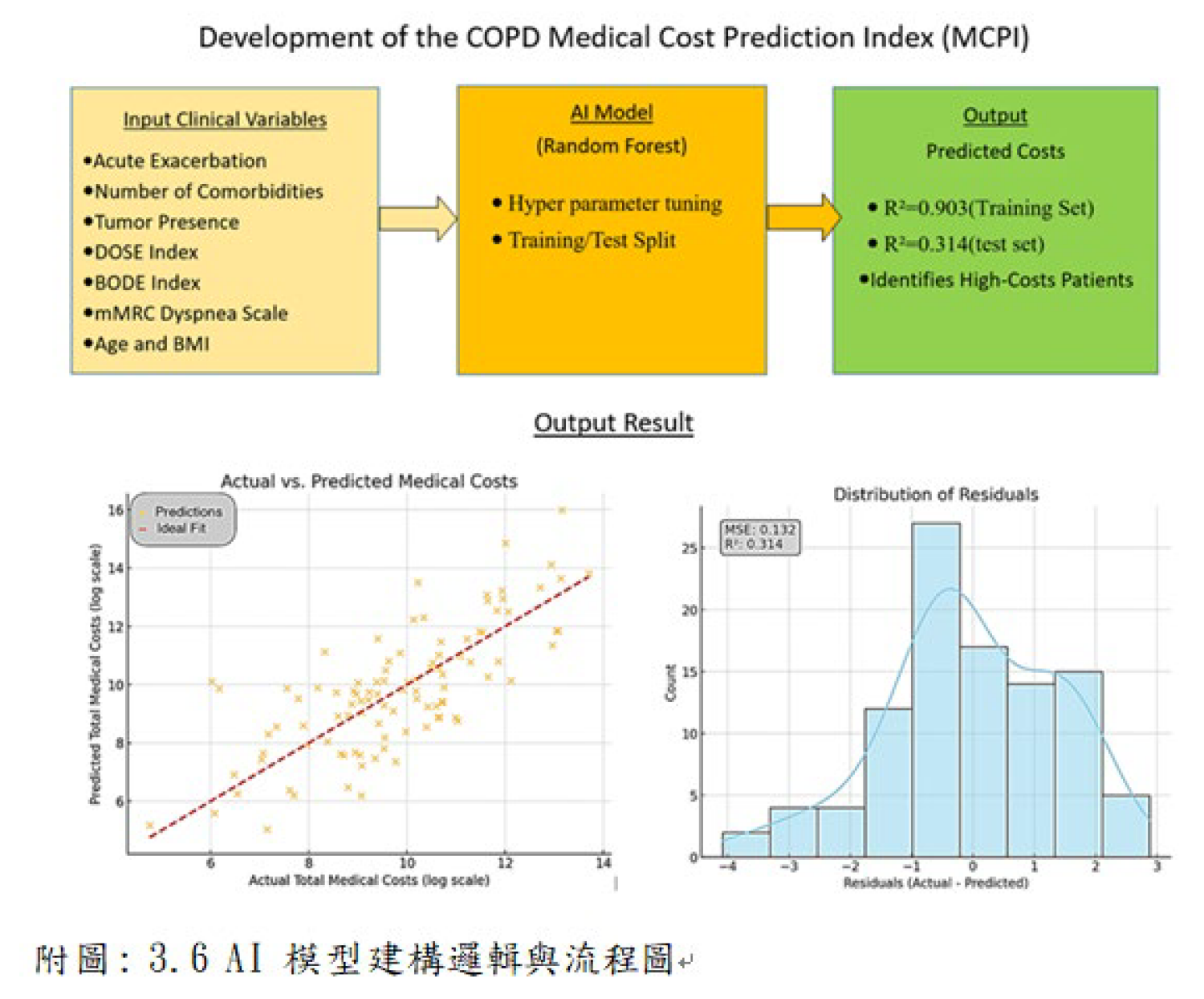
The resolution is too low to clearly show characters.
Advice: Redraw this figure.
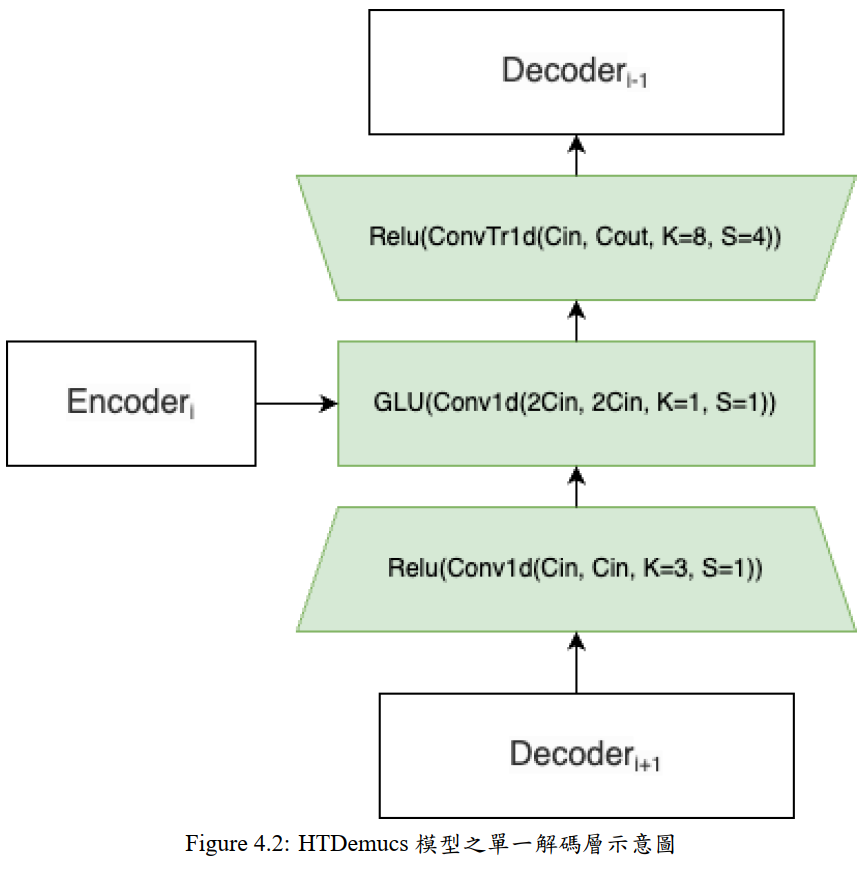
The resolution is so low that there are zigzag patterns on those characters’ edges.
Advice: There are a few solutions. (1) Use LaTeX’s TikZ package to draw a flow chart. (2) Export a PowerPoint slide into a very high-resolution raster image. Here is the instruction. (3) Export a PowerPoint slide into a PDF file, and include the PDF file in your LaTeX file.
5.2 Inadequate caption
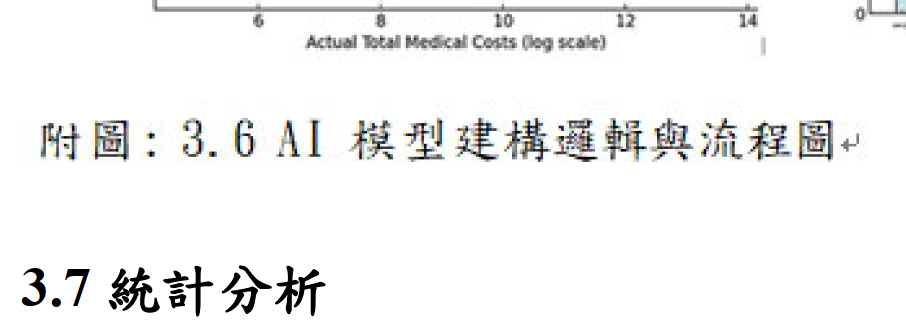
The correct format should be 圖一:AI模型建構邏輯與流程圖。It is incorrect to use a subsection number to index the caption.
5.3 Irrelevant content
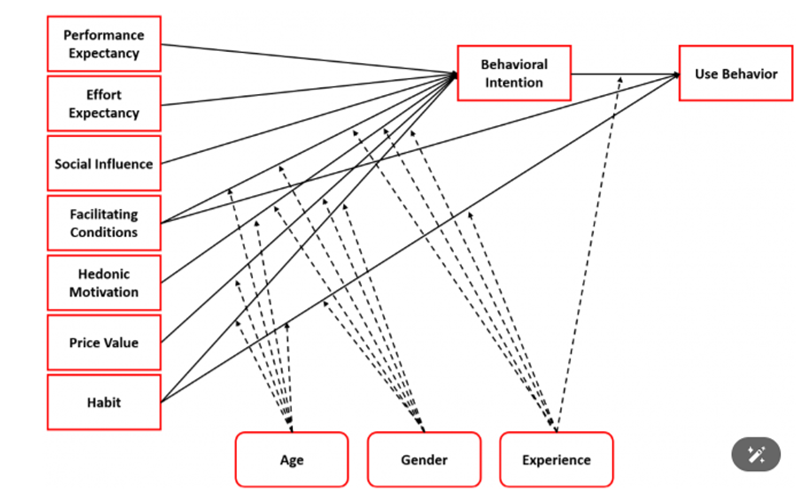
The icon at the bottom right corner ![]() is irrelevant.
is irrelevant.
Advice: Remove it.
5.4 Inconsistent mathematical font

The font used in the source PowerPoint slide is Calibri, which is different from the regular math font in LaTeX equation: Italic Roman. As a results, it will make readers difficult to follow.
Advice: If you want to use PowerPoint to create your flow charts, install a PowerPoint add-in IquanaTex, which allows you to create LaTeX equations in PowerPoint.
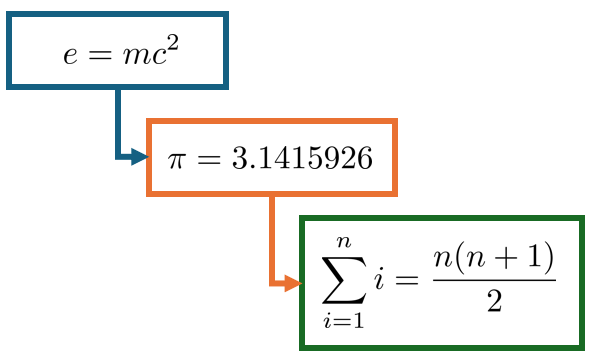
This is an example.
5.5 Text too small
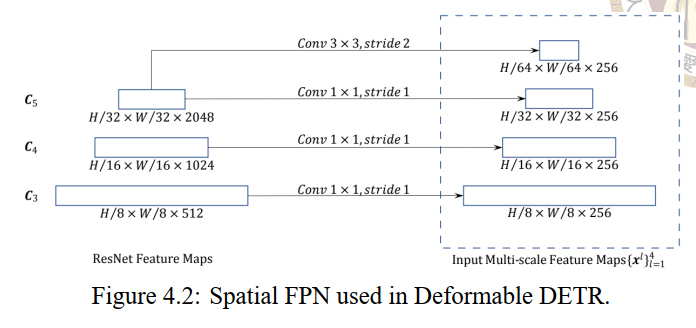
Rule of thumb: The character size in a figure should be as large as the one in the manuscript or the caption. Thus, the reader can easily read those characters.
5.6 Text too large
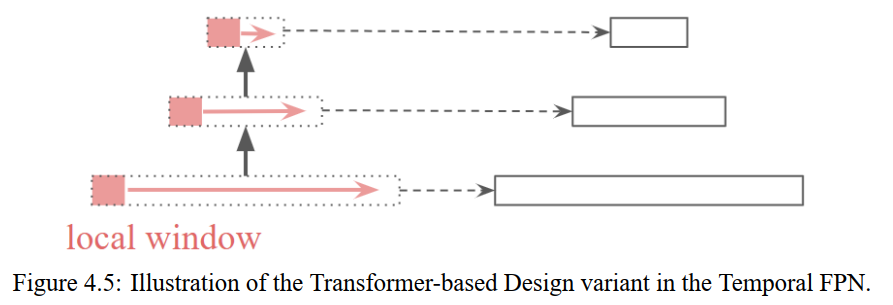
Similar as 5.5.
6 Grammar
6.1 Ambiguous relative pronoun which
Otsu’s method [24] is a widely used automatic threshold selection method for image binarization in computer vision applications, which determines the optimal threshold by maximizing the inter-class variance of pixel intensities.
The author uses the which to infer to the main clause, but the which occurs after the noun “computer vision applications” and confuses readers.
6.2 Work uncountable
Chapter 2 provides a review of related research works.
Recent works have explored the use of LoRA [15] for this purpose by training two distinct low-rank adaptation modules: a style LoRA and a content LoRA.
Prior works [36, 39] have shown that attention maps naturally capture object layouts in an image.
A pioneering one-stage training-based ZS-TAL work is STALE [25], which jointly performs proposal generation and classification through parallel branches.
All the sentences are wrong. Work is countable only for “something such as a painting, play, piece of music etc that is produced by a painter, writer, or musician”.
Advice: If you want to use a countable noun, consider study or method.
6.3 Tense
Given that there are multiple cross-attention layers in Latent Diffusion Models with different resolutions (i.e. 64, 32, 16, 8), we will focus on the resolution 16 layer which has been proven to contains the most semantic information. [1, 4, 13]
The future tense in unnecessary and confusing. It is neither a promise nor a plan. It is what you do in your study, so you should use simple present tense.
For our work, similar to InspirationTree, we are optimizing {vl, vr} but with a slightly different loss ...
The continuous tense is meaningless.
Advice: Use simple present tense.
A representative method that initiated two-stage training-based ZS-TAL is EffPrompt [9], which adopts off-the-shelf detectors such as AFSD [17] and A2Net [36] for proposal generation, and then efficiently adapts CLIP to downstream video understanding tasks through prompting strategies for proposal classification.
The past tense in this sentence is not wrong, but unnecessary.
Advice: It is enough to just use simple present tense.
6.4 Wrong skipped subject
When training a latent diffusion model, the optimization objective is ...
The subordinate clause’s subject is skipped. According to grammar, its subject is the same as the one of the main clause. As a result, the full sentence becomes “When the optimization objective trains a latent diffusion model, the optimization objective is …”, which is wrong because an optimization objective won’t train a model. It is we, humans, who can train a model.
When combined with transfer learning, performance improves dramatically from 25.21 dB with random initialization to 28.69 dB.
Performance won’t be combined with transfer learning. This sentence is wrong.
6.5 Typo and missing verb

The verb is missing. will associated –> is associated.
Typo: informatopn –> information ; logitude –> longitude.
Advice: Use a writing assistant tool such as Grammarly or Writefull to scan the source LaTeX file.
6.6 Missing article
... represents the binarized smoothed attention map which will be used as mask in our purposed method.
Mask is countable so it should be “a mask”.
Advice: Use a writing assistant tool such as Grammarly or Writefull to scan the source LaTeX file.
Experimental results on jaCappella dataset show that MP-HTDemucs achieves an average SI-SDRi of 28.69 dB on the test set.
It should be “on the jaCappella dataset”.
6.7 State-of-the-art
![]()
This is wrong because state-of-the-art is an adjective rather than a noun. You can say “Comparison with State-of-the-art Methods”.
6.8 Traditional
Although traditional CNNs performed well in computer vision, their fixed regular sampled grid restricts their...
Traditional localization methods for moving vehicles, such as cars and drones rely on GPS satellites.
This is a common problem among Chinese native speakers because in Chinese the word traditional (傳統的) is a synonym of those words: existing (現有的), standard (標準的), regular (一般的), common (常見的), typical (典型的), widely used (常用的). However, in English, traditional only has two meanings: (1) being part of the traditions of a country or group of people (特定國家或民族傳統的) (2) following ideas and methods that have existed for a long time, rather than doing anything new or different SYN conventional (遵循長久以來的想法或作法的,不帶任何新意或不同。同意詞:保守的). In a technical thesis, you rarely see the word traditional because its first meaning does not match your message. If “traditional” jumps into your mind, think of “conventional”. Its definition is “a conventional method, product, practice etc has been used for a long time and is considered the usual type” and can correctly used in the two sentence shown above.
6.9 Previous
For data preparation, to ensure fair comparison with previous methods [3, 9, 25], we adopt the visual encoder from pre-trained CLIP [28] (ViT-B/16) to extract video features with per-timestep feature dimension C = 512.
This is also a common problem among Chinese native speakers because “previous” is usually translated into the Chinese adjective 之前的. However, its precise Chinese translation should be 前任的 or 前次的 because its English definition and examples are (copied from Longman Dictionary of Contemporary English Online)
having happened or existed before the event, time, or thing that you are talking about now
- I’ve met him before on two previous occasions.
- She has two children from a previous marriage.
- Do you have any previous experience of this type of work?
- The lawyer told the judge that Kennedy had no previous convictions.
Thus, there is a semantic problem to use the term “previous methods”. It means that [3, 9, 25] are your methods, so you can describe them “previous”. However, they are not. The solution is easy. Just replace the adjective “previous” with “existing” or “state-of-the-art”, and there will be no problem.
7 Table
7.1 It is bad to use an image

This is wrong. The newline symbols should not appear. You should create a real table rather than using an image instead. A real table can be rendered elegantly, but an image will look burry when a large zooming factor is used.
7.2 Font size too large
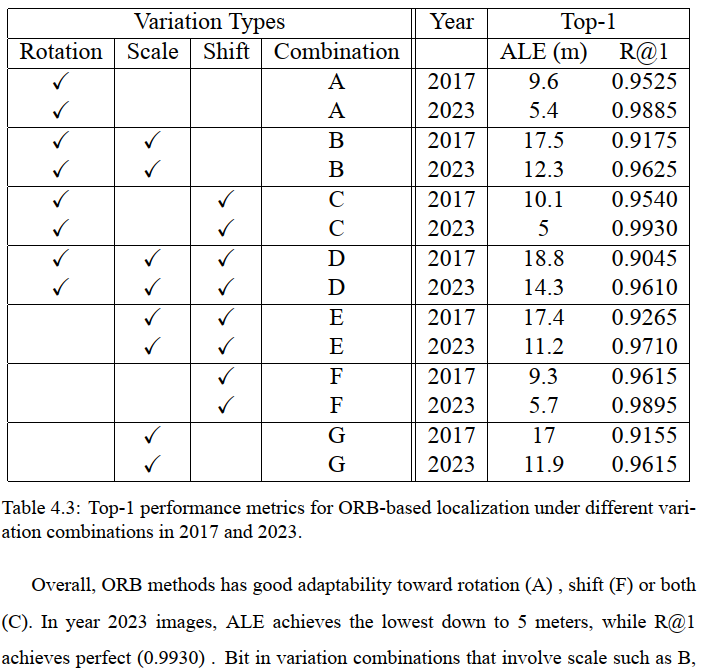
The font size in the table is obviously larger than the one of the regular manuscript. If you don’t have a special purpose, don’t do it. It will confuse your readers.
Advice: Keep the font size in a table as large as the one of the regular manuscript.
7.3 Inconsistent decimal places
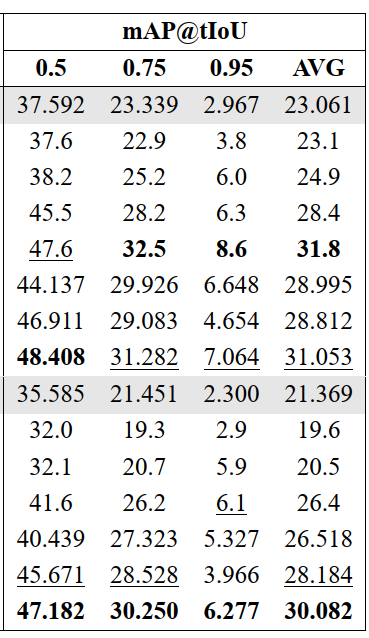
It is ugly. Please add 00 after the first place or round the three places into a single place. You had better make then consistent.
7.4 Improper shading
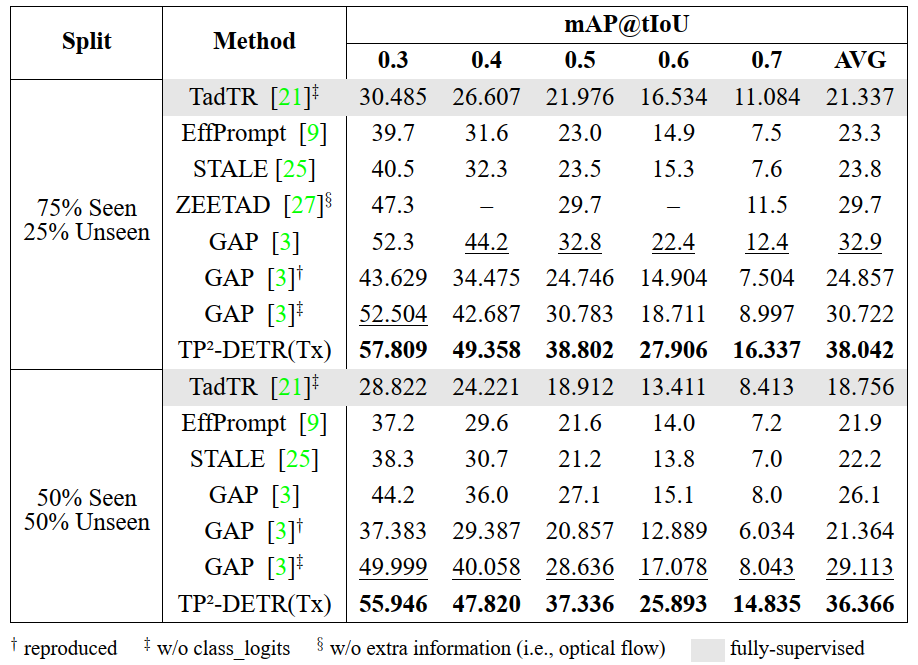
The shading removes the original vertical and horizontal lines and makes this table difficult to read.
7.5 Exceed margin
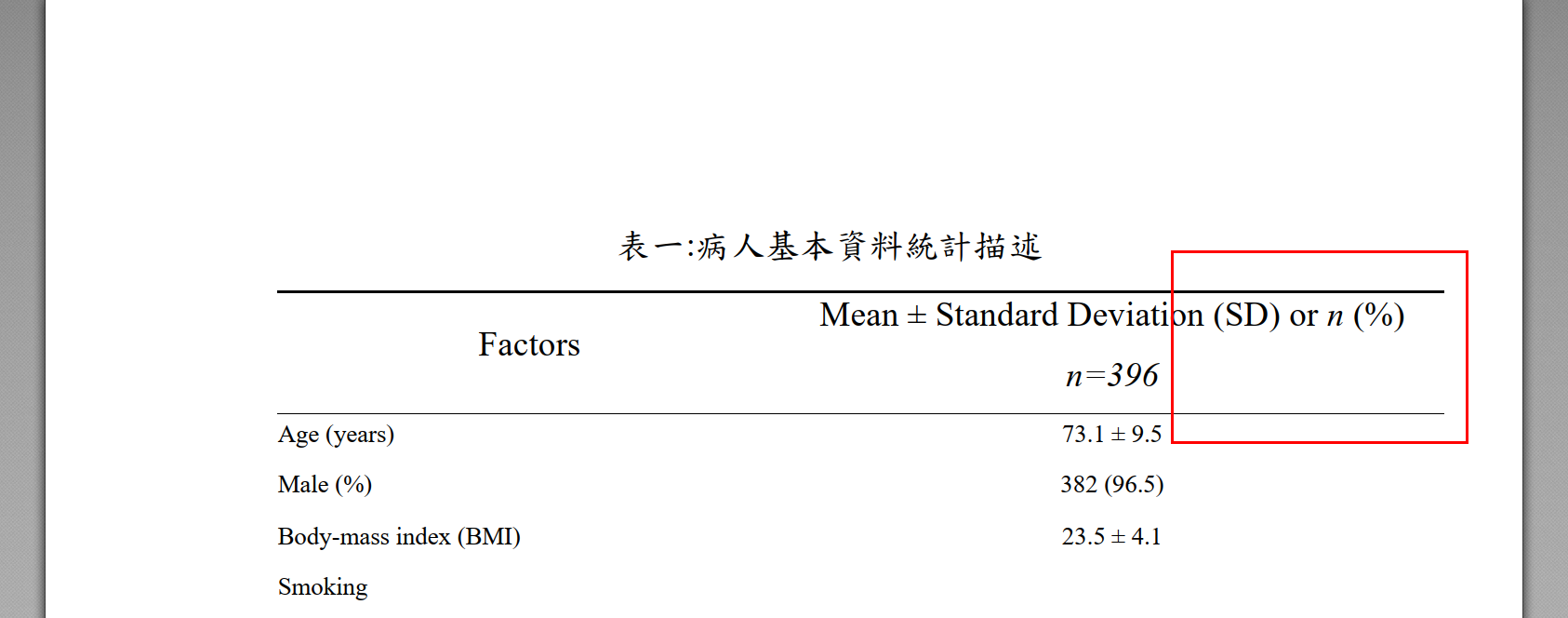
7.6 Unreasonably wide space
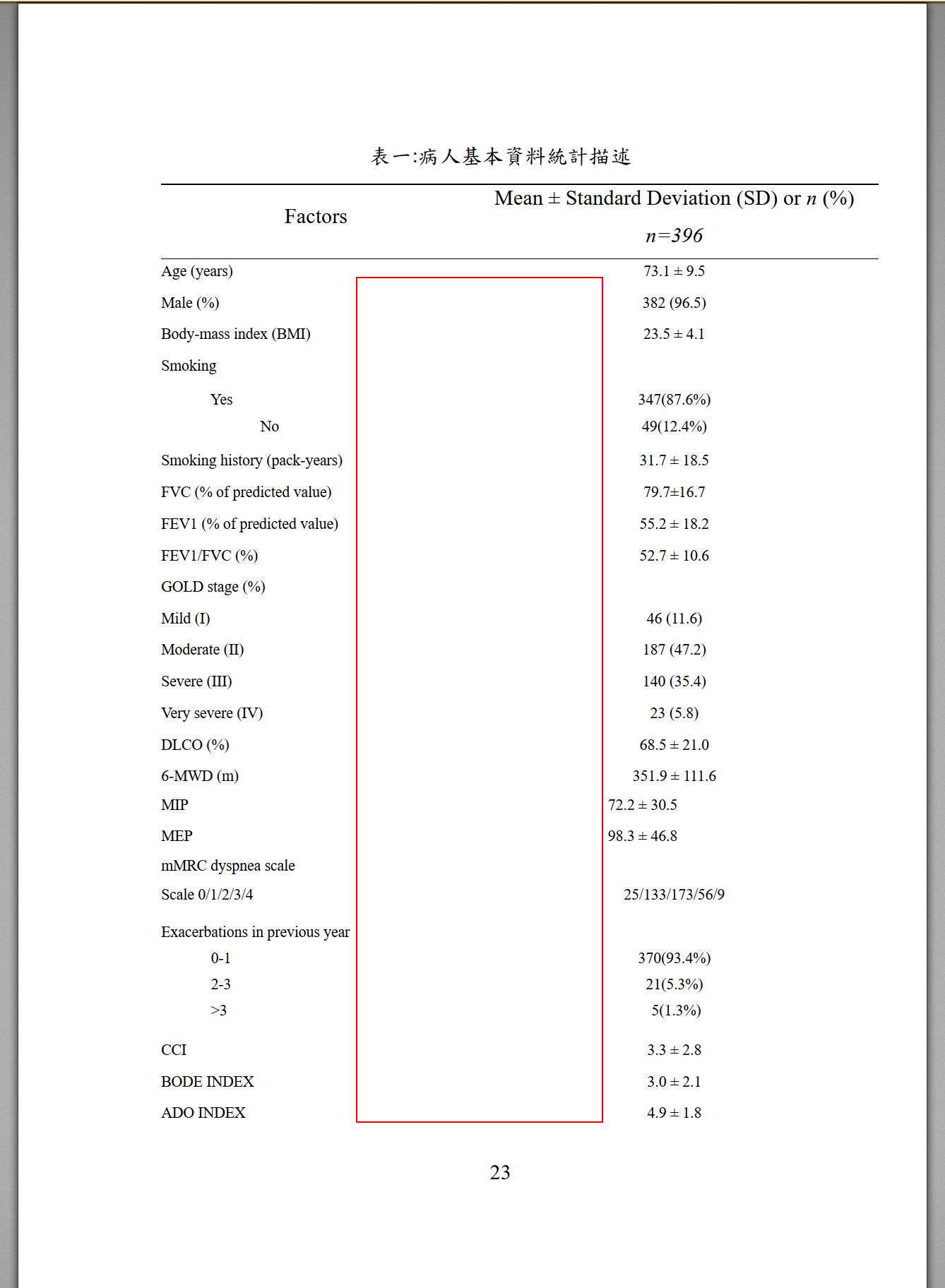
7.7 Numbers not aligned
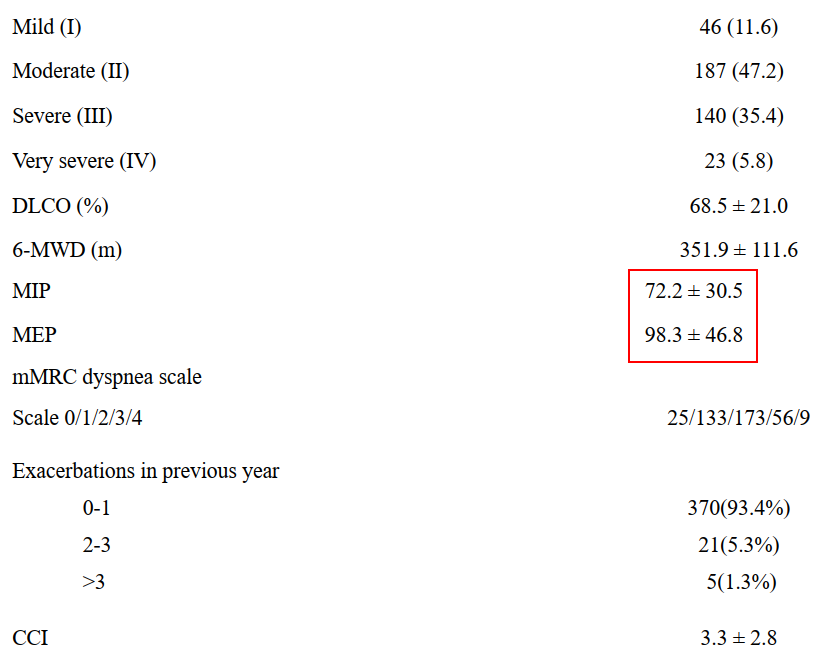
7.8 Low readability
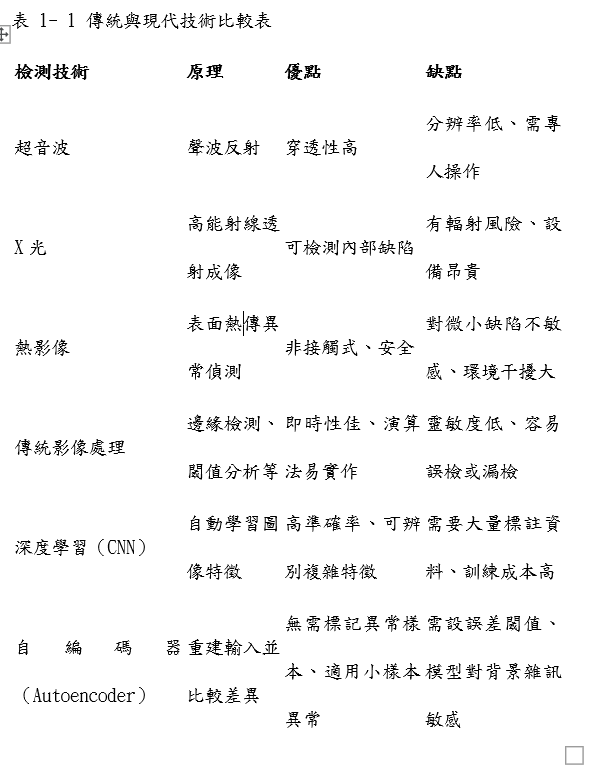
Solution: add borders, adjust the line space, add indentations to sentences in cells.
8 Improper translation
8.1 Limitation of translation software
“Global healthcare systems are increasingly challenged by workforce shortages, burnout, and excessive workloads. Socially Assistive Robots (SARs) have emerged as a potential solution. Although SARs have demonstrated potential in pediatric care, existing research has largely concentrated on technological development or patient-centered perspectives, with insufficient focus on the experiences and professional insights of frontline healthcare providers.”
This English abstract is translated from its Chinese version using a translation tool.
“隨著全球醫療體系面臨人力短缺、職業倦怠與工作負荷過重等挑戰,社交輔助機器人(Socially Assistive Robots, SARs)在臨床照護中的應用逐漸受到關注。雖然 SARs 在兒科醫療中展現潛力,但現有研究多聚焦於機器人發展的技術面或病患觀點,缺乏對第一線醫護人員經驗與專業角色看法的深入探討,並且多數研究缺乏理論依據以及實際使用的經驗。”
However, the translated English sentences are very difficult to read.
Advice: Find a native speaker to rewrite those sentences.
9 Equation
A equation is part of a sentence so you should treat it as a phrase.
9.1 Fail to treat equations as phrases
This is an example. Because it is a sentence with the subordinate clauses where, you need to have commas at the end of the two equations and no indentation before the where.
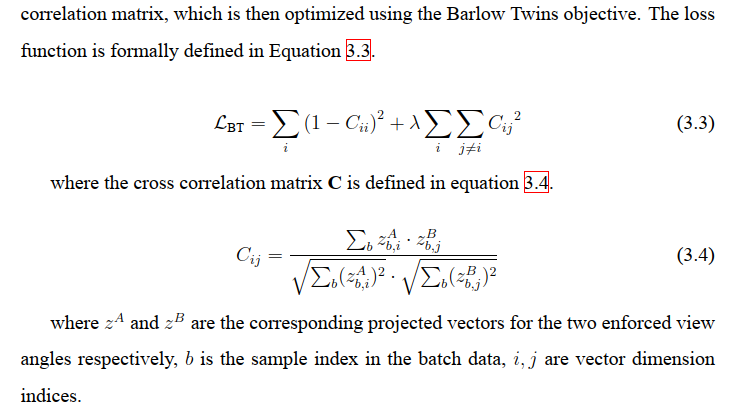
This is the revised expression. I highlight the difference in red.
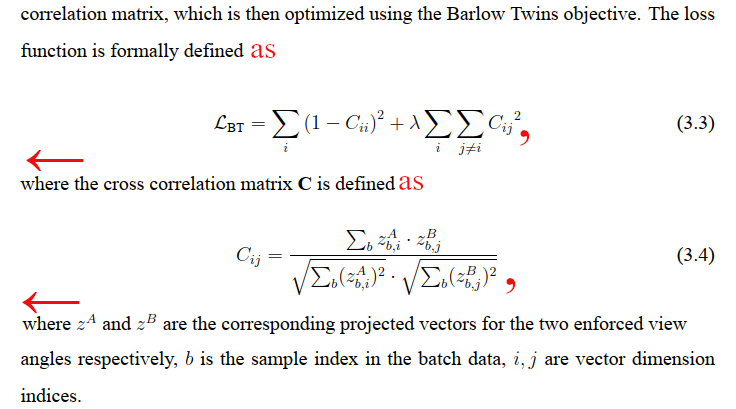 </br>
</br>
 There should be a period at the end of an equation because an equation is part of the a sentence, which ends at a period.
There should be a period at the end of an equation because an equation is part of the a sentence, which ends at a period.
9.2 Exceed right margin
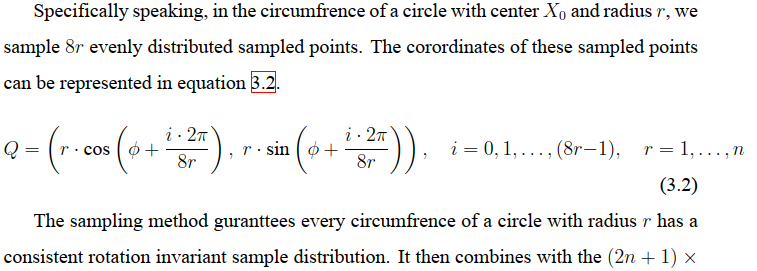
Advice: Separate the equation into two lines. Here is the Overleaf example.
9.3 Share equation number
The equation in the screenshot below is incorrect.

Equations are part of a sentence so we should say “Let ….”, add an “and” and “,”, remove the indentation, and use the symbol = rather than :=. In addition, every equation should have its own number, so we need to separate the two equations from a single line into two lines.
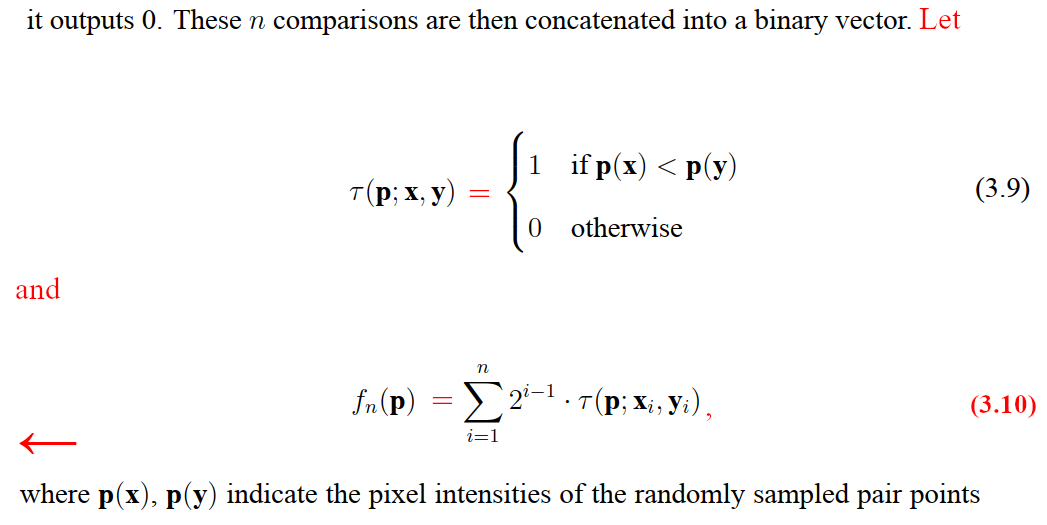
This is an improper equation expression

This is the revised one
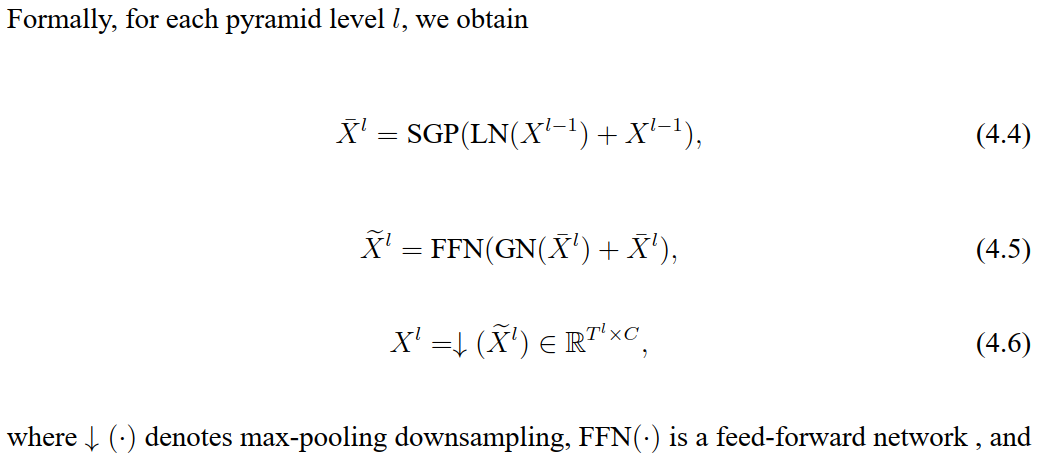
10 colon
According to The little, Brown handbook (8th edition), the correct ways to use colons are
- Use a colon to introduce a concluding explanation, series, appositive, or long or formal quotation.
- Use a colon to separate titles and subtitles and the subdivisions of times.
- Use the colon only where required.
While writing a thesis, the colons you may misuse mostly belong to case 1. Here are the correct examples copied from The little, Brown handbook (8th edition).
Explanation
- Soul food is a varied cuisine: it include spicy gumbos, black-eyed peas, and collard greens.
- Soul food has a deceptively simple definition: the ethnic cooking of African Americans.
Sometimes a concluding explanation is preceded by the following or as follows and a colon:
- A more precise definition might be the following: ingredients, cooking methods, and dishes originating in Africa, brought to the New World by black slaves, and modified or supplemented in the Caribbean and the American South.
Series
- At least the soul food dishes are familiar to most Americans: fried chicken, barbecued spareribs, and sweet potatoes.
Appositive
- Soul food has one disadvantage: fat.
Certain expressions commonly introduce appositives, such as namely and that is. These expressions should follow the colon:
- Soul food has one disadvantage: namely, fat.
Long or formal quotation
- One soul food chef has a solution: “Soul food doesn’t have to be greasy to taste good. Instead of using ham hocks to flavor beans, I use smoked turkey wings. The soulful, smoky taste remains, but without all of the fat or pork.”
After knowing the instructions to use colons, let’s see some counterexamples.

The equation is part of the sentence. We need to treat as a sentence so there should be no colon.
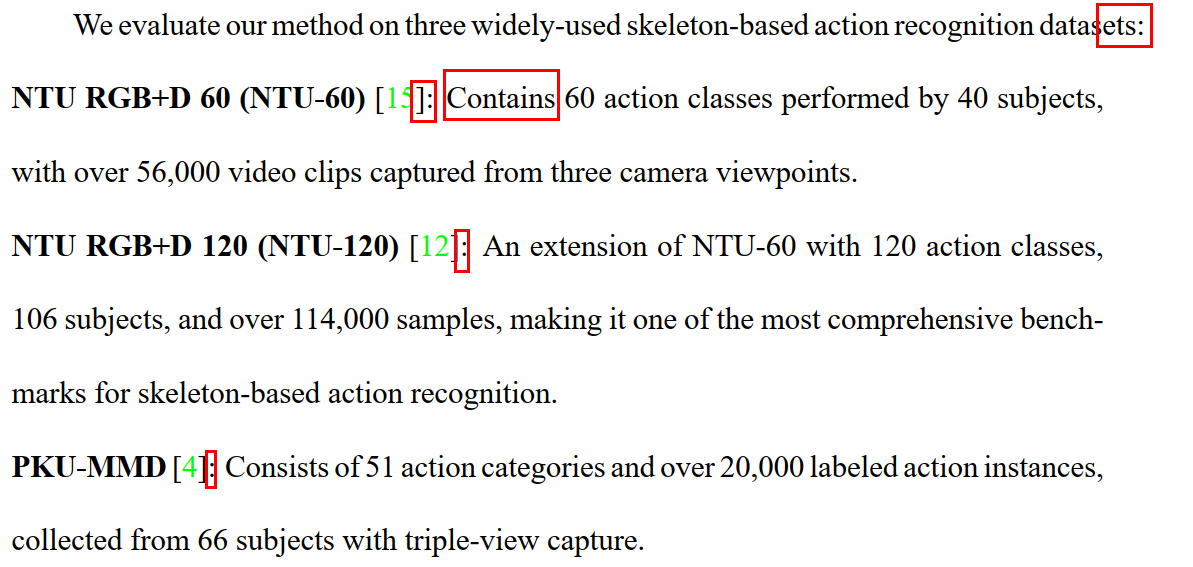
The author uses the first colon to introduce a series of the three datasets, but he write the series as three sentences, which is wrong. Thus, one solution is to replace the the first colon with a period, and then the following three sentences make sense. The colons in the three sentences are wrong because they do not match any aforementioned instruction. One solution is to remove the colons in the first and third sentences and and replace the colon in the second sentence with “is”.
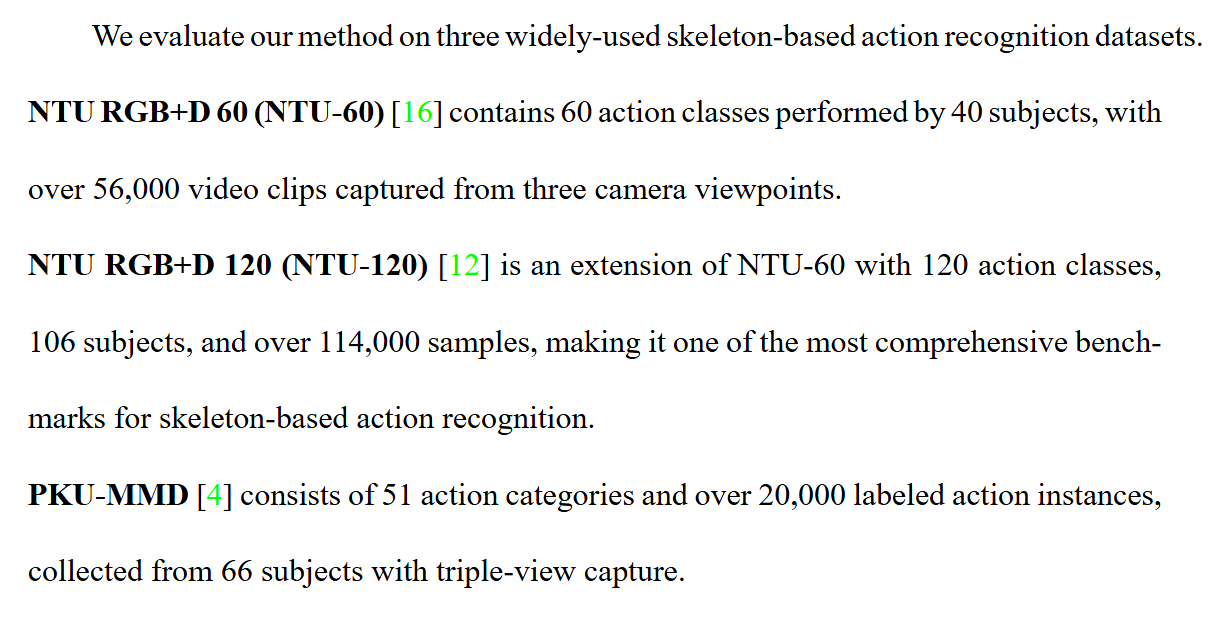

The colon at the end is unnecessary. It breaks the sentence into two disconnected pieces thereby preventing the equation from following its verb obtain, which is improper. The correct expression should be
